Due to its widespread use in CrossFit boxes around the world, the American-style kettlebell swing has grown in prominence, but not everyone is happy with this development.
Hardstyle kettlebell purists, including RKC and SFG kettlebell instructors, have been extremely vocal about what they feel amounts to the debasement of one of the most important functional exercises ever devised.
However, there are others who don’t share in these polarised views as they feel the American-style swing has its place and purpose, when executed correctly, and only after the Russian kettlebell swing has been mastered.
Defining the styles
In terms of execution, both swings, when done two-handed (the traditional Russian swing is a single arm movement), are executed in the same manner for the most part. However, the apex of the Russian swing is at chest height, while the American-style swing requires that the kettlebell finish overhead.
Both still require the hip hinge movement to generate the power and momentum needed to ‘pop’ the kettlebell up during the swing phase, but the greater range of motion required in the American-style swing obviously requires that more power be generated in this movement.
While this sounds appealing, and beneficial, it opens up the person doing the swing to a greater risk of injury. Many in the broader fitness industry also question whether more is actually better with regard to the kettlebell swing.
With so much debate around the topic we approached a local expert on the topic to get his views. Scott MacIntosh is the owner of specialist strength and conditioning gym The Yard Athletic. He is a Level II SFG instructor and teaches kettlebell trainer workshops around South Africa. He has also trained top CrossFit competitors, who have to use the American swing in competition, which places him the unique position of having to incorporate both in his repertoire, despite his beliefs and views.
Expert opinion
“A correctly performed kettlebell swing is beautiful. The orbiting ‘bell acting as an extension of the user’s coordinated movement just looks right. It looks like a training movement that is meant to be. And there’s a reason why swings have been around for so long, and are so popular worldwide. They work!”
According to MacIntosh, a well executed swing which expresses a hip hinge movement develops a great deal of strength, power and conditioning. “The whole body has to work in unison, with the hips providing the driving force, and the trunk and lats stabilising to create a movement with unique benefits.”
However, the newer overhead American-style swing changes the characteristics of the movement somewhat, and despite what many believe, changes isn’t always good, and doesn’t always lead to progression. “In this case, newer definitely isn’t better,” he states.
“The two major reasons why the American swing has been met with so much criticism is because of the inherent risk involved with swinging overhead, and because taking the ‘bell overhead provides little additional benefit above that of a chest-height swing. In essence the potential cost totally outweighs the potential benefit. In the strength and conditioning world this makes the movement totally illogical.”
MacIntosh explains that the risk for injury when swinging the bell overhead increases because holding a single kettlebell with a two-handed grip places the hands close together, which compromises the range of motion and mobility of your shoulders in the overhead position.
“When the ‘bell travels higher than chest height your shoulders rotate internally. If you have any limitations in thoracic or shoulder mobility you’ll end up compensating to find the extra range of motion somewhere else.” This is what results in the lumbar hyperextension, craned neck and flared elbows that are commonly seen in those executing this movement.
“This type of swing not only looks like a painful war against good movement mechanics, but both of these compensation patterns can lead to pain and injury. Repeatedly going into excessive lumbar extension under load will damage your back, and ‘chicken necking’ leads to shoulder impingement, elbow issues, wrist issues, neck pain and headaches. And the truth is, most people who attempt these swings have limited thoracic and shoulder mobility. So, unless there are major benefits to swinging overhead, what’s the point of taking the risk?”
Is higher better?
In terms of the argument that swinging the kettlebell higher offers additional benefit to the Russian swing, anyone who understands the biomechanics of the exercise will tell you that the core movement is complete before the kettlebell even reaches chest height, if you’re doing it properly.
MacIntosh suggests that if someone wants to increase the workload “why not just use a heavier ‘bell and swing it to chest height, or perform kettlebell snatches which allow you to end overhead without needing as much thoracic and shoulder mobility? Both of these options solve the power requirement problem without creating unnecessary risk.”
The rationale
If the benefits are so questionable then why does this trend persist? MacIntosh believes this is due to a number of factors. “The clearest reason for me is that the overhead swing has a clear end point, directly overhead. This enables judges to make easier calls in CrossFit competitions as it is more obvious to see when a rep is completed when compared to the Russian swing.”
And with the popularity of CrossFit, and the fact that CrossFitters aren’t averse to performing risky exercises, it’s unlikely that we’ll see the American-style swing die out.
Accordingly, MacIntosh believes that while the benefits of performing American swings are not substantial enough to make it a logical choice when training to improve physical capabilities, a CrossFitter who competes at a high level will have to swing overhead. “In that case, ensure that you have a very good Russian swing as a base, as well as the thoracic and shoulder mobility, and trunk stability to end overhead without enticing injury,” he concludes.



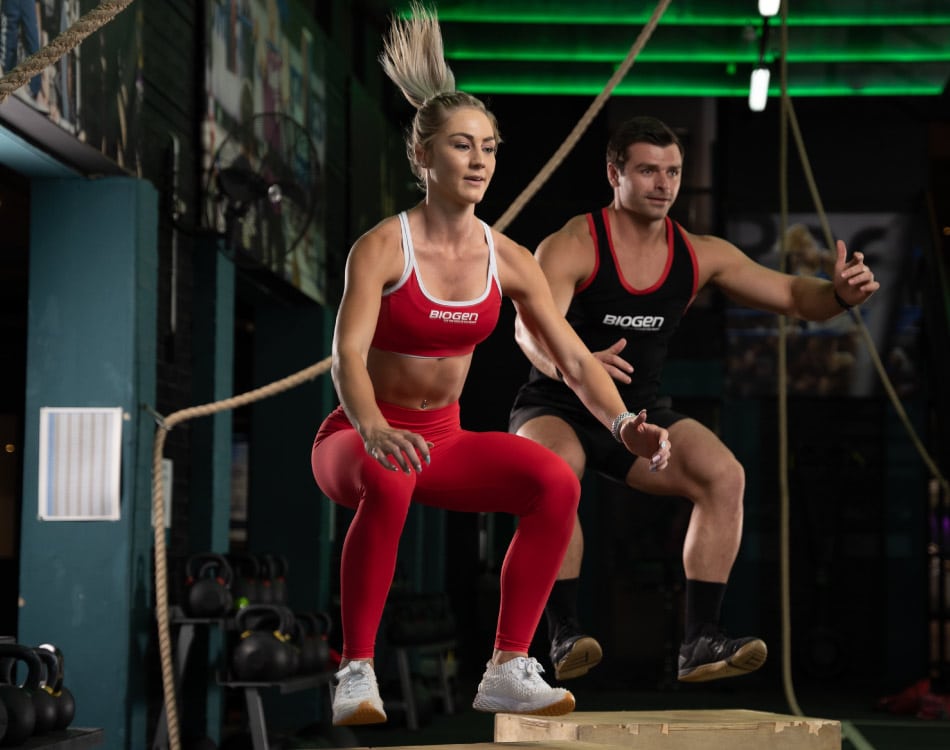

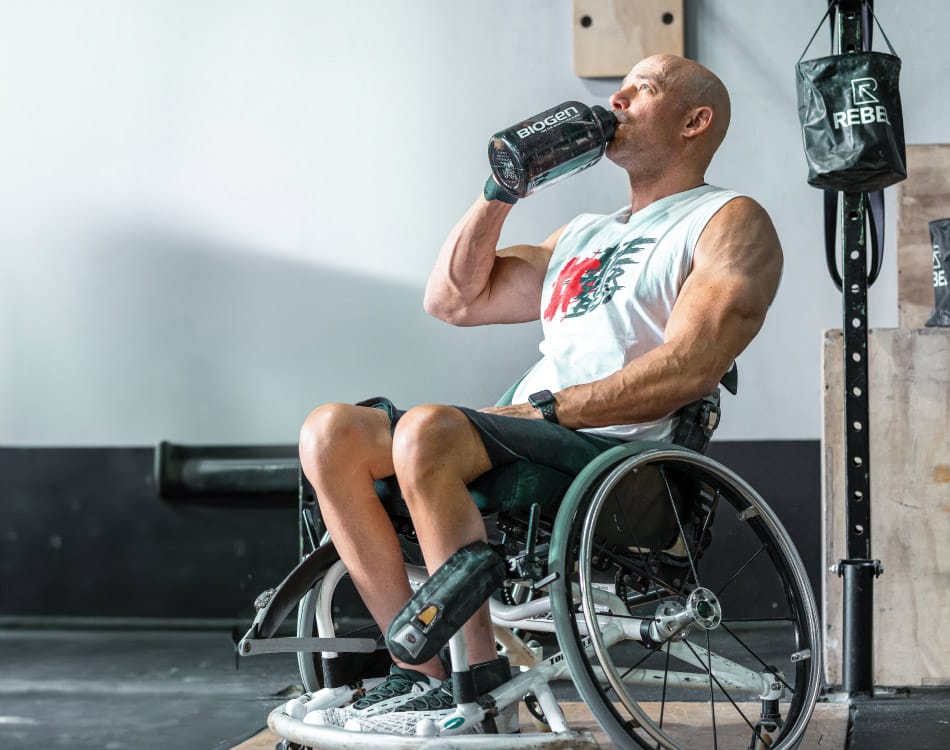

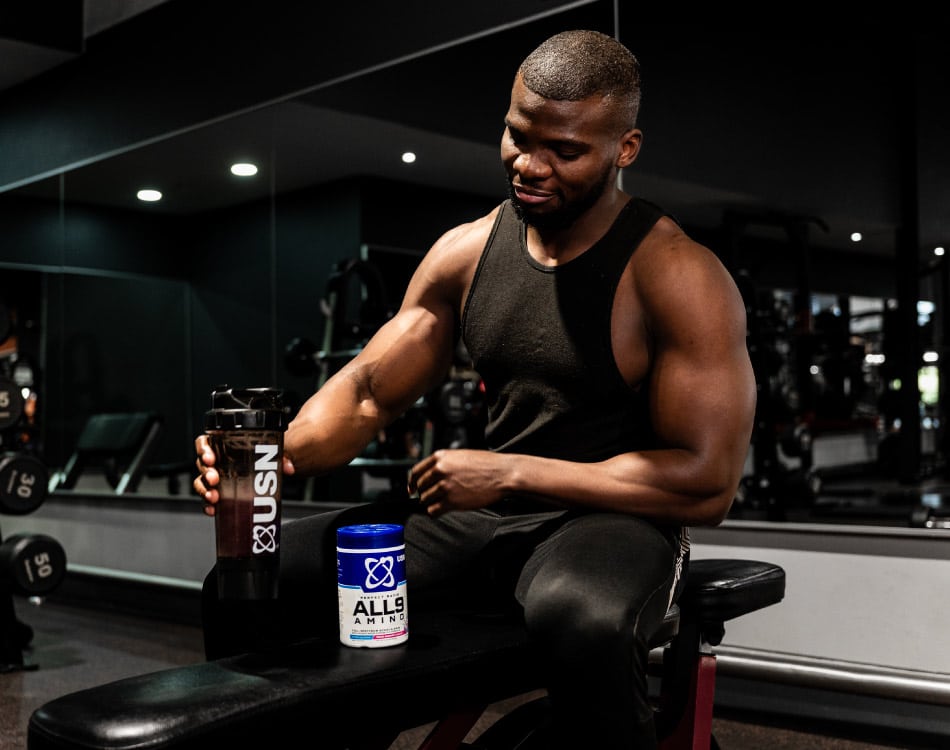

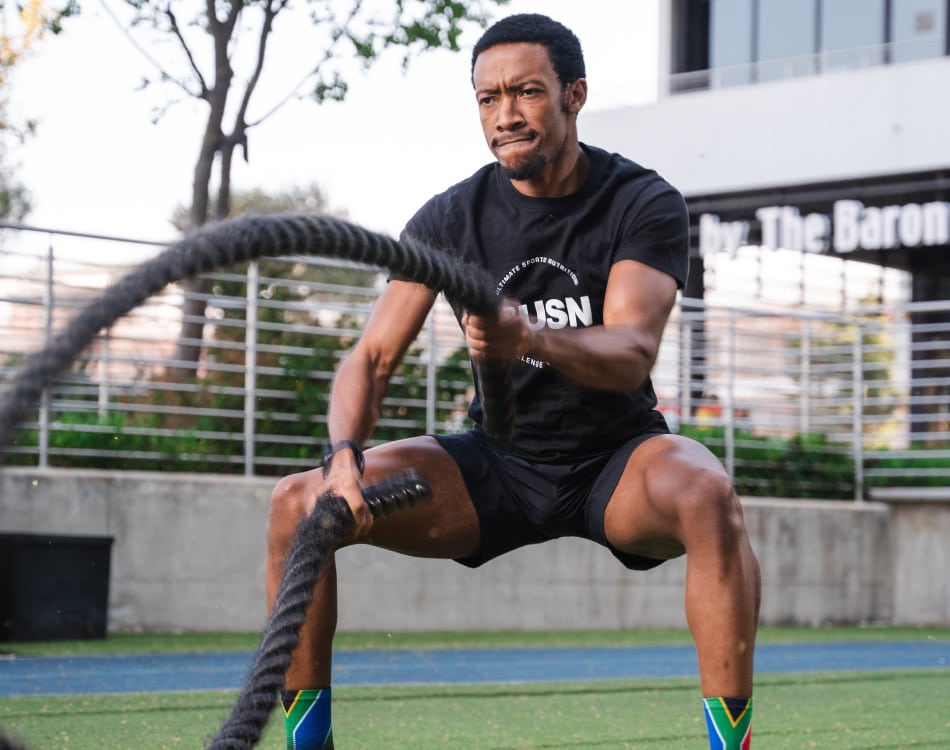



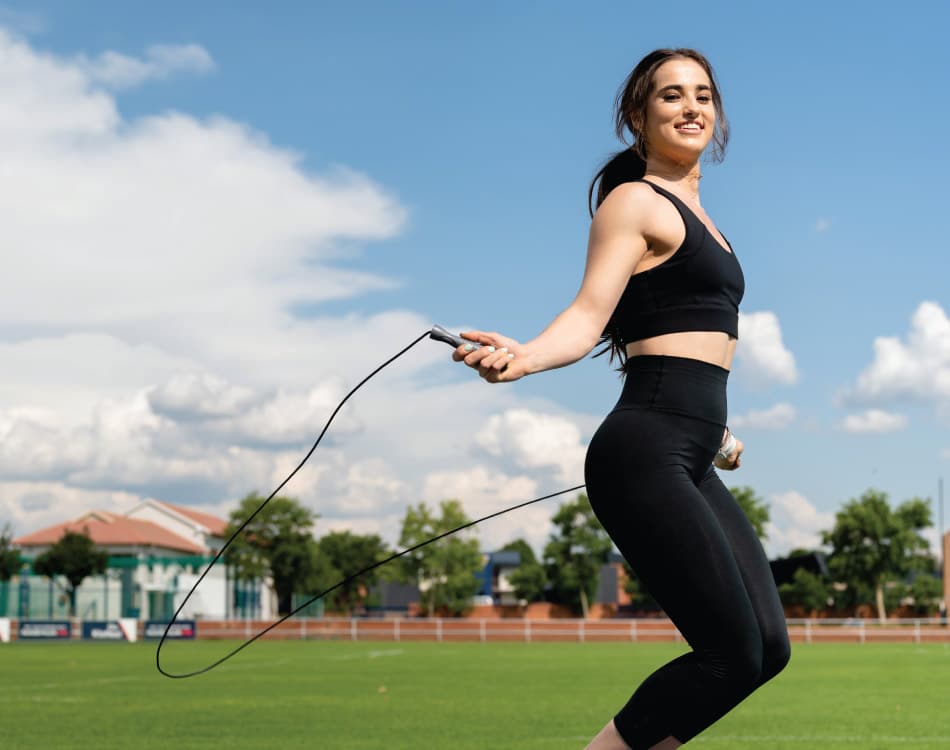




Leave A Comment